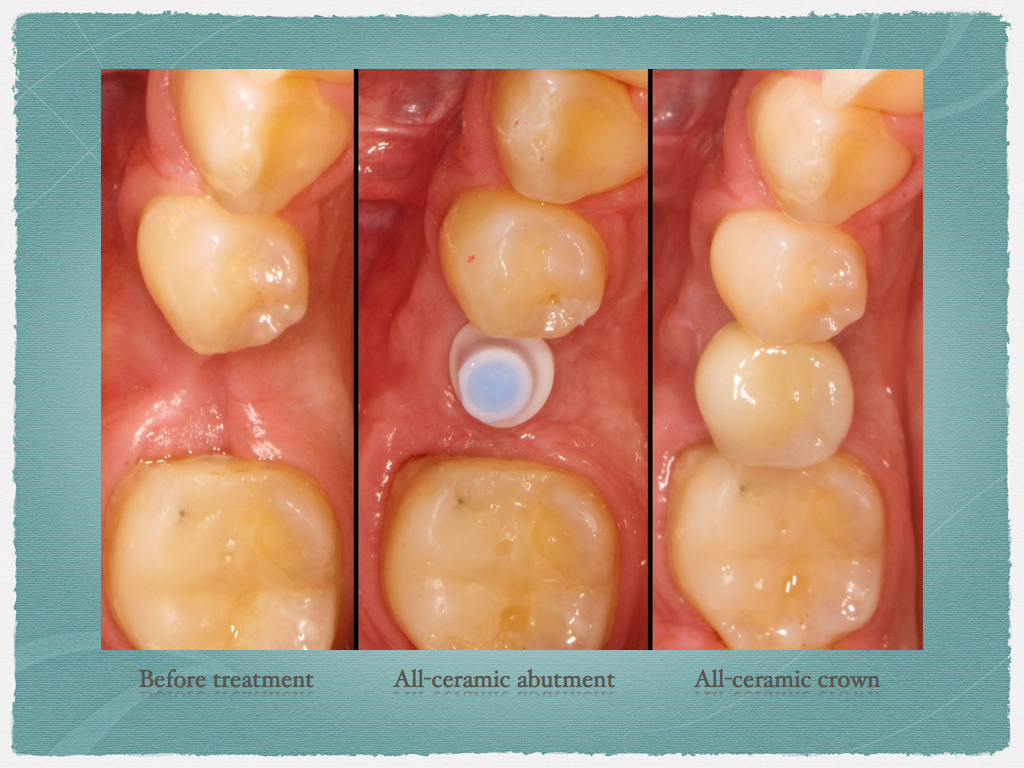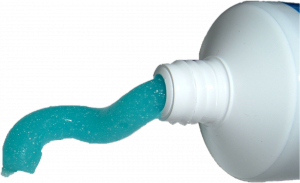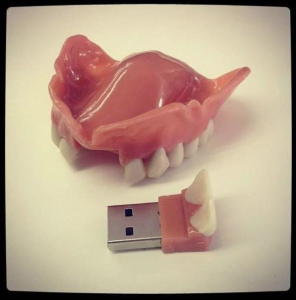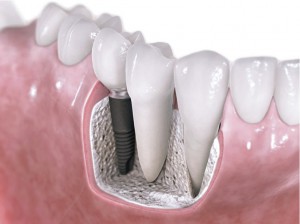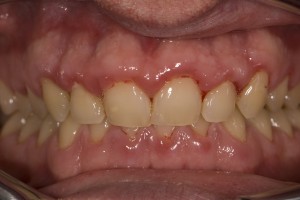
Everyone in the western world should have heard this word at least once in their lifetime. But what is it exactly? Well, for sure it is something most of us will have to be confronted with!
Periodontitis – also known as gum disease – is a inflammatory process of the tooth surrounding tissues, the gums and the bone. Normally the first sign is a gingivitis (local and superficial gum inflammation), mostly perceivable just because of a higher bleeding risk and/or a slight swelling. Because this first step is painless and quite difficult to notice at home, regular precautional control visits are very important. If untreated, a gingivitis can gradually turn into a periodontitis, by affecting also the supporting tissues. At this stage bleeding can come on a more regular basis. Also bad breath, longer teeth and – at excessive stages – tooth dislocation or even tooth loss can occur.
What can cause periodontitis?
In general, there are only very seldom cases, where children and teenagers suffer of specific forms of periodontal disease. In most cases we find periodontal problems at patients from their 40ies on. Signs of potential future gingival problems though can be diagnosed at an earlier stage. So, once again, we urge you not to underestimate the control visits.
Under healthy conditions, every human being has over 700 different bacteria in the mouth, mostly in a biological balance. When the dental hygienes turn insufficient, there is a higher plaque accumulation, leading to an imbalance, where harmful bacteria exceed their normal concentration. So, it is of upmost importance to understand, that without plaque and calculus there cannot be any gingivitis and/or periodontitis! Of course, there are other risk factors, such as smoking, problematic immune resistance, diabetes etc., that can boost the problems, but never create them.
What can I do to avoid periodontitis?
A normal person isn’t fatally exposed to gum diseases. Correct and thorough brushing and rinsing of the mouth can prevent a lot. Twice a day would be enough, if done properly, meaning all exposed tooth surfaces, including the approximal sides, tongue and all the remaining soft tissues. In order to do so, you need at least a good tooth brush (preferably with sonic- or ultrasonic-based motion control), some floss (or equivalents, as interdental brushes, air flossing utilities etc.), a tongue scrub and a rinsing mouth wash. Unfortunately this alone won’t work, so – once again – you need to take advantage of regular and professional dental care, in order to reduce to a minimum level or even eliminate the risk of gum problems.
What happens to me, if I suffer from periodontitis?
If you have an uncontrolled or untreated gum disease, the surrounding bone will be affected. In that case, it will sooner or later come to a tooth loosening and/or tooth loss. Periodontitis is the most common reason for tooth loss.
Periodontitis won’t stay only in the mouth. It can also affect the rest of the body by increasing the risk for systemic diseases, such as heart failures, diabetes or birth-related complications like pre-eclampsia, premature delivery or reduced weight at birth.
How can I treat periodontitis?
An on-going periodontitis can be stopped by eliminating all existing plaque and re-establishing a healthy bacterial balance. For this to be reached, our team needs to take several steps:
In our first phase, we visualize to you, what exactly is going on in your mouth as well as your tooth pockets, and then show you, how to fight against it. Of course, at that stage we help you get everything cleaned, but it is important, that you support our work at home. Sometimes, we also make use of some – local or systemic – antibiotics parallel to our treatment, but this is mostly case-related. After some weeks we invite you for a re-evaluation. There we can identify problematic, persisting issues and – if needed – surgically eliminate them. Finally, after a successful treatment, we try to support you on a regular basis. Which means, that you need to come from two to five times a year for a control visit. In cases of severe bone loss, this is also the time, where we can initiate a bone restoration.
